
Chemist Confessions Founders On Sunscreen Misconceptions, AI’s Strength And Weakness, And Not Following Trends
When cosmetic chemists Gloria Lu and Victoria Fu started their skincare brand Chemist Confessions in 2018, it was rare for cosmetic chemists to step out from behind the scenes at beauty companies. Fast forward to today and a growing number are joining the entrepreneurial ranks. The pair welcome the shift.
“Some of our reasons for wanting leave the industry initially was because the chemist voice does get lost in product development when so much of the industry is driven by marketing,” says Fu. “So, it is really exciting to see that now the chemist voice has more value, and it is more valued on the PD side and getting that recognition.”
Even more than becoming brand founders, chemists have taken on forward-facing roles as social media influencers to discredit fear-mongering beauty claims by sharing scientific information and insight. Fu says, “Social media has suddenly so many opinions to listen to, and we just find that, while there is a place for derms and aestheticians, chemists can really speak to the science behind all of the actual skincare products.”
Lu and Fu are coming up on six years of running their Instagram account Chemist Confessions, a resource for deeps dive into ingredients and products, and just wrapped up a 30-day sunscreen challenge in which they tried a new sunscreen daily. They tested sun care formulas for ease of application and wear throughout the day.
Ahead, Beauty Independent catches up with Lu and Fu to discuss their approach to creating content, common misconceptions consumers have about sunscreen and the future of artificial intelligence.
How has your approach to social media changed over the years?
Lu: The actual meat of the content that we do hasn’t really changed. It’s definitely still very whimsical, still on things that we feel is important rather than necessarily catching trends. At the same time, the format and the way people are taking in information, we’ve definitely seen a huge change.
We used to do very simple stills and a very short blip on the information, and then evolved into a phase where people want the paragraphs, the dense information. Now, it’s all about Reels and short videos, which I personally find to be difficult to navigate because it’s such a short, bite-sized bit of information. It’s really hard to represent a complex topic well.
What posts perform best?
Fu: The sunscreen challenge was eye-opening for us. We knew that sunscreen is a continuously growing topic, especially in the summer months, but I think that was the first time that we injected any sort of personal anecdote into our content. We really strive to keep things as objective as possible, even though that’s really not smart in the social media space when people are looking for black and white answers.
I’ll be honest, I feel like we haven’t quite cracked the code, but what is helpful for us is, even with content that maybe isn’t as successful as we hoped, as long as we stick to what is our narrative, our ethos and what we value, we’re generally happy with what we put out there. It’s so easy to fall into, well, we have to speak to the trends or what the hot topic is or even just as silly as a TikTok sound. We find that it’s not as enjoyable chasing what could go viral versus what we value more in the purpose of doing educational content.
What are your major platforms?
Lu: Instagram is still the major platform. We are on TikTok, and for the most part, we have the same content. The core content is the same, we just cross post. We do have a social media manager that helps us do more TikTok native content that, I will be honest, the two of us have a hard time with.
How big is your team?
Fu: We’re about a team of three in terms of the educational content side. For the most part, it’s still very much coming from me and Gloria because we try to keep things as educational as possible and that heavily leans on our industry insider knowledge.
We have a marking assistant who really adds a welcome dose of creativity and reality. She’ll have these great ideas of, oh, “How do you guys feel about this?” And then she hates our responses because it was always like, “Well, it depends.” And she’s like, “NO, I need a yes or no answer. Fit the word limit.” It is nice to have that to check us because it is true that, nowadays, we just don’t have the attention span to sit through many minutes of content.
Is your marketing assistant a gen Zer?
Lu: Very much so. We get all of our celebrity gossip from her.
How much time do you dedicate to doing social media versus creating products?
Lu: It can vary. With content, there are good months and bad months because sometimes we struggle on the creativity front. It can take a long time to even think of what you’re doing. In summer months, it’s a little easier to think of content because obviously sunscreen takes the forefront. I want to say our time’s probably 30% on the content side and 70% on everything else.
“We really strive to keep things as objective as possible, even though that’s really not smart in the social media space when people are looking for black and white answers”
What makes your brand stand out today in a crowded market?
Lu: It’s definitely not an impulse buy type of brand. People who find us who have stayed with us and continue using our products are people that really enjoy the way we present the information and really connect with that no frills, but still engaging way that we talk about science.
They feel like—and I hope this is what we convey to people—we are pedaling the tougher part of the industry, which is the truth is somewhere in between and that there are a lot of gray areas. From the chemist angle, our formulation know-how is what helps us create what we think are better products on the market.
What’s the bestselling product?
Fu: It kind of depends on the season. Recently, one of our top sellers is our Double Play [Face and Eye Treatment] formula because of the story behind it. It’s our encapsulated retinol product. Then, our longtime standout product has been AquaFix [Hydrating Water Gel] because it is so universal for all skin types. It’s our hydrating serum.
How do you think about expanding the product lineup?
Lu: It’s very much not a traditional marketing calendar, which can be really tough as a small brand to grow and continue to capture people’s attention. At the same time, our fans appreciate that we are not launching products just for the sake of launching products. It really has to fulfill a need gap.
We’re very cognizant, very aware of active ingredients in the space, so it has to be highly functional. We’re definitely never going to launch something just because serum is the buzzword or this season we need to fill a toner gap. We’re not going to launch something to catch that wave. In terms of how we come up with concepts that the two of us find to be unique enough, that process is incredibly chaotic and random.
What’s your brand’s distribution like?
Fu: We aren’t in big-box retail, but we have grown in the aesthetician and private office aspect. We really like these partnerships because a lot of these med-spas and aestheticians know their clients’ skin in and out. Aestheticians are like the fairy godmother of your skin. They know your history. They almost serve as your skin therapists.
We love being able to partner with them because it creates a much more successful journey for their clients, and we found that they really value the work that we do and are able to share our story well.
What was the inspiration behind the 30-day sunscreen challenge?
Fu: The challenge with sunscreen is that regulation is so slow in the states that you can only talk about sunscreens in so many ways. So, seeing that visual component was very helpful for people to conceptualize how to apply things properly. It’s also helpful that Gloria and I have very different skin types, so we both could weigh in on our user experience for different products.
On top of that, there are so many sunscreen launches now, so we wanted to find a good way to combine all of that. We also thought that this challenge would be an interesting way for Gloria and I to get a really quick update on the general sunscreen landscape right now.
Were there surprise favorites or disappointments?
Fu: Gloria and I have formulated sunscreens in our past lives before Chemist Confessions, and we always knew the texture landscape and the wear as well as how something finishes visually can be so different for sunscreen, but it’s amazing because now there are so many more options out there. It’s an even wider range of textures and finishes.
One very specific example is, when we did tinted sunscreens, that was very interesting because not only is it about finish, but it’s also about coverage. I feel like probably the widest range of coverage was within tinted in terms of cast and amount of pigment used because now they’re doing universal shades versus maybe three shades and that really complicated finding good tinted sunscreen.
Lu: Another aspect that we did that we talked about verbally before is the weight of these different sunscreen formats. We all know, based on how SPF values measured, how much sunscreen you’re applying heavily impacts performance. Most of the formats we tested were classic lotions, but we also had sprays, sticks and powders, and weighing out how much you would actually need and showcasing how some formats are not as ideal compared to others was pretty fun for us.
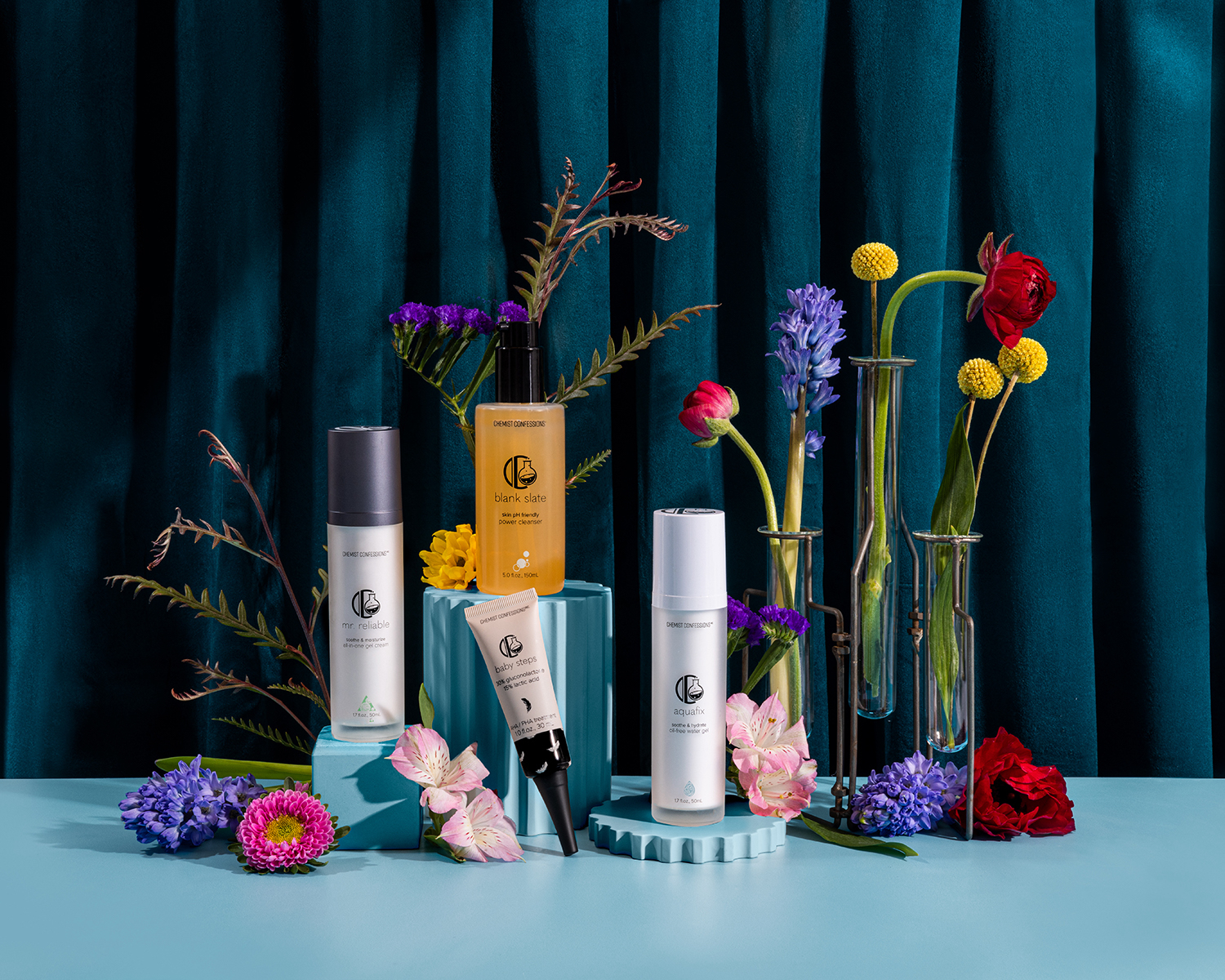
Is the three-finger rule of sunscreen dosage legit?
Fu: The conclusion Gloria and I have is it really depends on the nozzle size of the sunscreen. A lot of drugstore brands, their nozzle size actually is larger, and then you have the Asian sunscreens or the fluids that have a much thinner nozzle. For the larger nozzle size, we say two fingers for the most part is OK. For the thinner nozzle size, three fingers is much more ideal.
Are there barriers to sun care innovation other than regulation?
Fu: The materials themselves.
Lu: Also the continued perception that chemical sunscreen is not good for you. Last season it felt like every single new launch was a mineral sunscreen, and this is the season where brands and consumers gave up on mineral sunscreen, even though there’s still perception that that is a superior filter of choice. Because the texture is just incredibly challenging, I think a lot of work’s being done there to make it better, but we are still really far.
Are there other misconceptions you think consumers have around sunscreens?
Lu: I do think it’s still very mainstream that people don’t understand how much sunscreen you need to apply.
Victoria: Reapplication is very challenging. One of the most common questions we get is, how are they supposed to reapply properly and layer under makeup? The sad truth is that it’s just not an ideal product. The way it’s tested is so stringent, you’re not testing under these kind of layering conditions. People are turning to sunscreen powders, which are definitely not ideal. It’s just unfortunate.
We obviously want to be able to provide solutions to hack this, but, even for us, this is just the category and the nature of sunscreens. They are incredibly difficult to formulate, they’re also incredibly difficult to validate in terms of their SPF protection. Who knows, maybe regulation will change one day.
Could you launch a sunscreen in the future?
Fu: We take it so seriously. We know that that takes a lot of time, and sunscreens do take a lot of capital as well.
Lu: To honor our brand philosophy, we know that we would want to test this in more stringent or sometimes even more creative manners than what is required by law and that definitely takes a lot of resources.
You both worked on Revela, a brand that utilizes AI and was acquired by Oddity. What are your thoughts on AI in the beauty space?
Fu: AI is a hot topic, but it’s actually been around for probably longer than people think. There are some AI aspects that are just not very helpful, usually that involves handling, modeling, using big data sets based on customer skin types and what not, and trying to point users to specific products or routines. We would say this isn’t very useful because there’s just not a lot of data that could dictate or tell you or be that specific in their recommendation.
But in terms of how Revela used it, which was finding new molecules or mapping out libraries of molecules, it can be very useful. It’s actually being used across a lot of businesses, especially in the B2B space, especially involving ingredients. In that aspect, in identifying and better tailoring molecules based on their efficacy, it could be very useful and has been going on for a couple of years now.
Lu: Something with these trends I find is dangerous is a lot of times they’re a little early. Part of the work that we did with Revela is take an AI-discovered molecule through clinical tests, but we just know that as soon as AI became a buzzword, it’s going to get tagged onto things that are too new to know for sure and haven’t been through a proper testing or don’t really mean anything, it just has the word AI in front of it.
We’ll see in a few years. My personal theory is that what’s going to be the most helpful way to use it in the industry won’t be what consumers perceive to be beneficial, it’ll probably be more on the B2B back-end side.
Do you use it AI in your business?
Lu: No. The 30-day challenge copy was all us, not ChatGPT.
What’s next for you?
Fu: We have some launches planned, but I think you’ve probably caught on that we are a whimsy brand and that timeline is whimsy as well. In terms of the content front, that part just continues on. So, it’s business as usual, and then we’ve got some new products along the way.
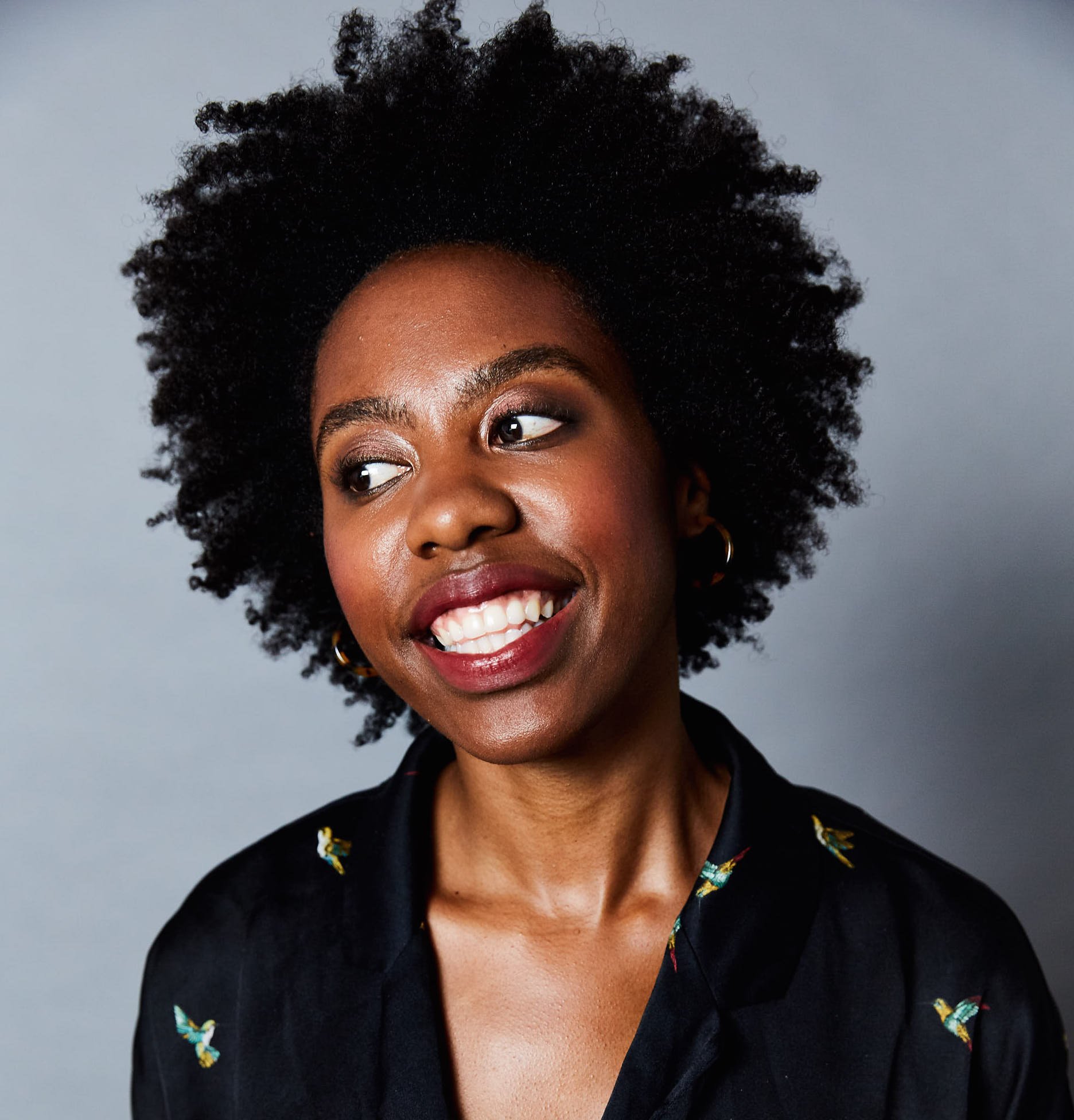
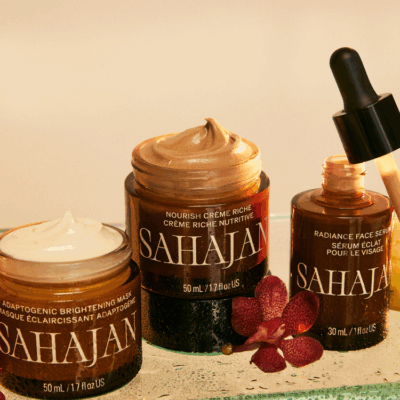
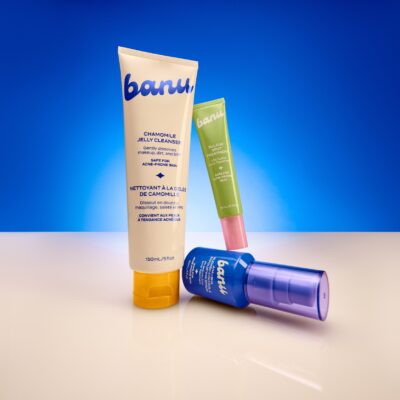
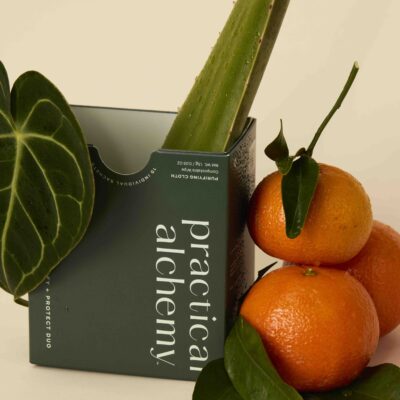

Leave a Reply
You must be logged in to post a comment.